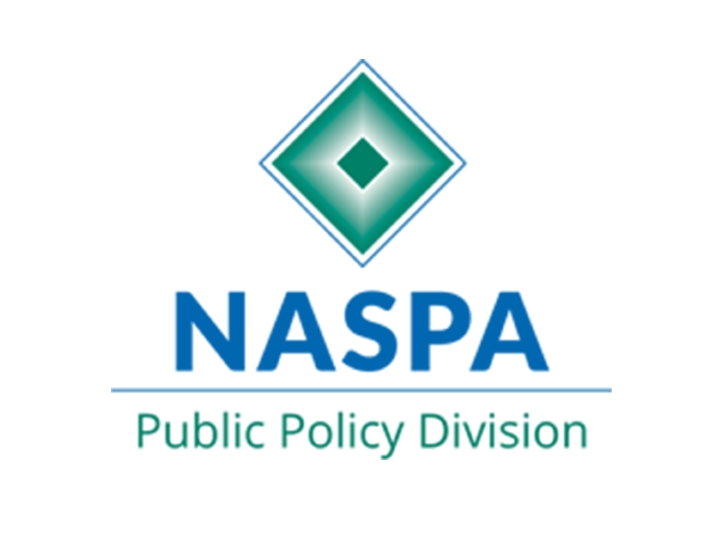
Calling Student Affairs to Action Where Biden's Lofty Agenda Falls Short
February 2, 2022
A little more than a year ago, my colleague Kerry Foxx forecasted what we might expect from the new Biden administration and Department of Education on higher education policy. Kerry noted that education funding was a key component of Biden’s plan by prioritizing the expansion of Pell Grants, federal loan forgiveness, and significant investments in HBCUs, HSIs, tribal colleges, and community colleges. I shared the excitement of many in the field who were energized by an ambitious and clear vision for higher education. As a community college practitioner, I was particularly hopeful at the prospect of our sector’s representation in the White House via First Lady Dr. Jill Biden.
As Fernandez and Hu (2021) argue in the Influence of Policy on Fulfilling Mission, community colleges face a “policyscape” that fails to consider their unique mission and largely favors 4-year institutions. The results of this include ineffective policies, unintended consequences, and fewer resources. Biden’s proposals are posed to potentially level the field in terms of providing financial support. So, how has Biden fared in his postsecondary policy, specifically for community colleges?
First, Biden followed through on his priorities for higher education by including funding to increase college affordability and reduce student debt in his first post-COVID legislative proposal. It featured a $62 billion College Completion Fund in then-titled American Families Plan with a free community college program and increasing the Pell Grant by $1,475.
Unfortunately, his lofty proposals were downgraded during the budget reconciliation process, with community college funding reduced to $9 billion and the Pell Grant increase downgraded to $550. While these were passed in fall 2021 in the House’s version of Build Back Better, it remains stalled in the Senate. Now, even Biden admits that free community college is unlikely to remain in the final version. Admittedly, many of Biden’s more progressive priorities, not just higher education, face opposition from key members of his own party. Ever confident in his political dealmaking in Congress, Biden may still manage to pass components of his proposed package.
Regardless of those outcomes, institutions continue to look forward to $500 million over seven years to support emergency aid grants, mental health, and other wraparound services. Ultimately, Biden continues to rely on the Higher Education Emergency Relief Fund (HEERF) to support postsecondary education, most recently through an additional allocation of $198 million to support student basic needs at community colleges and rural institutions.
So, Biden continues his vocal support for higher education, but his agenda remains stalled with little hope for the level of financial support that sparked excitement a year ago. Unfortunately, this disappointment is all too familiar for community colleges. Recall that President Obama also proposed increased support that was ultimately derailed by competing priorities and legislative inaction. Where does that leave higher education overall in 2022?
While it seems like the federal government is failing to take action, state governments are taking a more active role in higher education policy, likethreatening progress in equity-focused initiatives viacritical race theory bans. Additionally, if you are a community college practitioner like me, then youare also facing the nationwide enrollment declines of 15% with individual institutions ranging from 5% to 20%. Texas community colleges are trending down 11% while the overall college decline is only 4%.
With federal failure, state level intrusion, and enrollment woes – are you feeling lost in the policyscape Fernandez and Hu describe? I sure am.
At a time when public sentiment is becoming more partisan towards higher education, I question if it is a symptom of the overrepresentation of highly selective institutional narratives. If more of our discourse reflected the diversity of higher education would individual and collective attitudes towards higher education shift? If it shifted, might we see a policyscape that provided the resources and policy infrastructure that our institutions, and more importantly, our students need? Dr. Biden commented recently that it’s “not the right moment for” free community college.
Maybe it’s time for us to create the circumstances for the right moment to occur. But how?
Learn more about higher education policy issues by:
- Remaining engaged with NASPA’s Public Policy Division
- Exploring public policy research – consider Education Policy Analysis Archives, a peer-reviewed, open-access, multilingual journal focused on P-16 education
- Identifying the issues you care most about and their associated initiatives, consider the example of #DoublethePell campaign
Consider avenues for advocacy, such as:
- Contact your elected officials and share your knowledge and lived experiences.
- Connect with your institution’s government or public affairs office to learn more about how you can support their advocacy and policy position work.
- Share information with students and student organizations. Often, student voices influence policymakers’ positions by better illuminating them to their lived experiences.
These are just a few examples of ways that you can enhance your understanding of higher education policy and advocate for a more holistic understanding of postsecondary experiences. Together, we might be able to create public support for the kinds of policies that support student access and success.